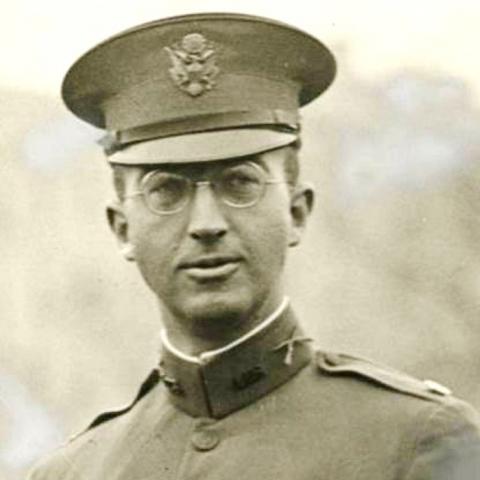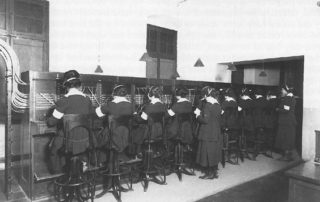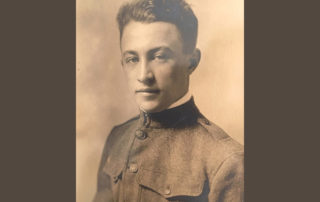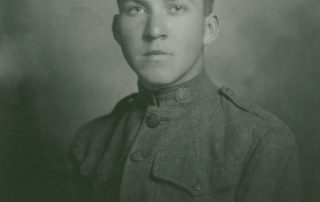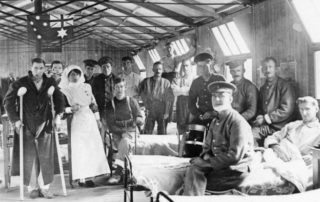A century ago Charles Whittlesey left his job as a lawyer in New York to to fight in World War I. Outwardly the mild-mannered, bespectacled Whittlesey didn’t appear to have the grit needed for the brutality of a conflict that had already left hundreds of thousands of men dead and maimed. But Whittlesey proved to be a tough commander and an unlikely hero of what became the bloodiest battle for American troops in the Great War.
Whittlesey was born in the tiny northeastern Wisconsin community of Florence where his father was a logger. He attended school in Green Bay and later moved to Massachusetts, earning a Harvard Law degree.
A month after America entered World War I in April 1917, Whittlesey was commissioned a U.S. Army captain and assigned to an infantry unit. He wasn’t supposed to be a combat officer but when other commanders began falling in battle, Whittlesey ended up in charge. On Oct. 2, 1918, Whittlesey and his battalion were ordered to attack a heavily fortified German line during the Battle of the Meuse-Argonne, which turned out to be the last gasp of the war.
A conscientious man known for following orders to the letter, Whittlesey led his battalion of 554 men into battle that day. The only problem was that the units on either side didn’t keep up and soon Whittlesey and his men were cut off in a steep ravine. They quickly ran out of food and water. They ran low on ammunition. Pinned down by enemy fire on all sides, they resisted snipers and attacks by waves of well-supplied enemy troops.
Whittlesey’s men became known as the Lost Battalion.
At one point the Germans messaged Whittlesey and his men to surrender. Whittlesey refused. He also ordered his men to remove the of panels of white cloth used to signal Allied planes because he didn’t want the Germans to mistake it for flags of surrender.
Five days after Whittlesey marched his troops in to battle, they were rescued. They had refused to give up and fought bravely but at a great cost. Only 194 men walked out of the ravine, Whittlesey among them.
A month later the Battle of the Meuse-Argonne ended and so did World War I. A month after that, Whittlesey was awarded the Medal of Honor.
In a sense, Whittlesey was a casualty of the Lost Battalion.
For such a modest and sensitive man, perhaps it seemed as if the nation’s highest medal for valor was an albratoss around his neck. He returned to his job as a lawyer but was often asked to speak about his war experiences.
In 1921 Whittlesey served as a pallbearer with other World War I heroes at ceremonies honoring the unknown soldier at Arlington National Cemetery. A few days later he bought a ticket on a steam ship sailing to Havana and committed suicide by jumping overboard.Whittlesey very likely suffered from post-traumatic stress though it was called battle fatigue then.
Charles Whittlesey’s body was never found.
